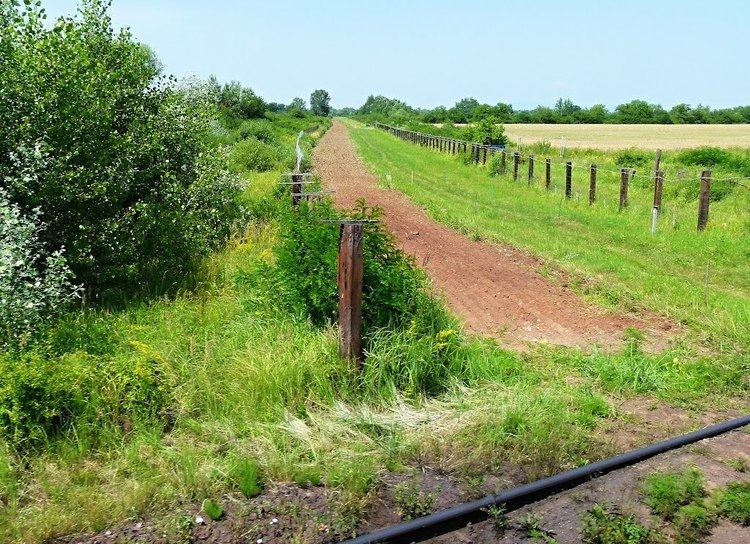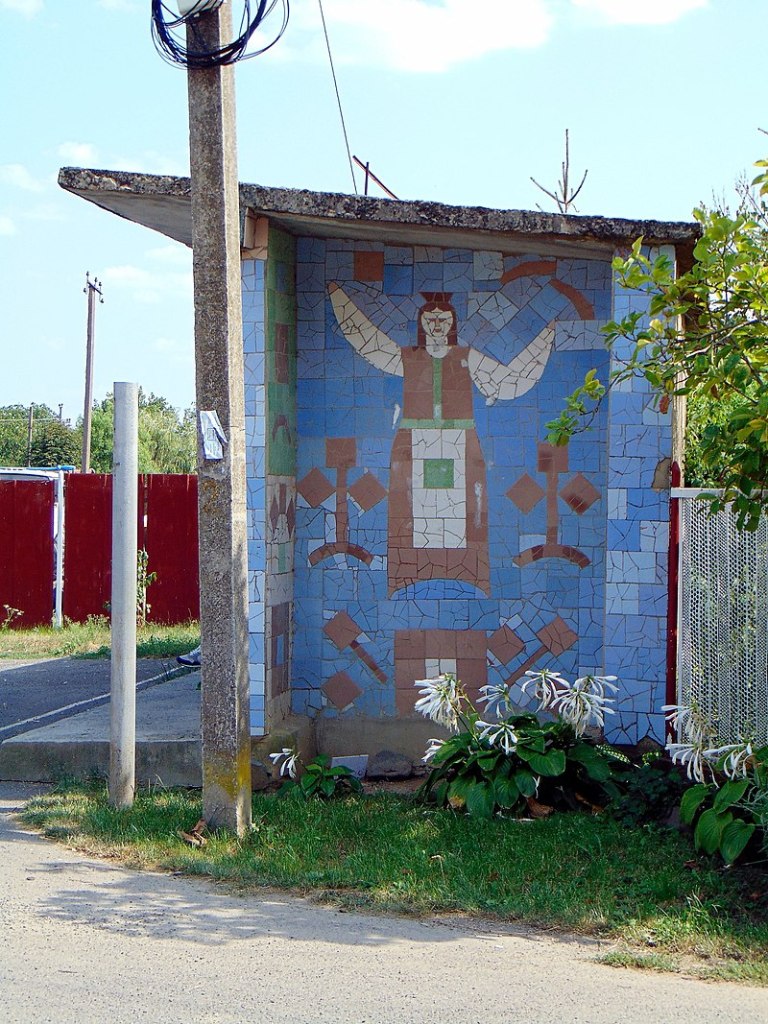There comes a point in life when you understand that the places you visit have less to do with curiosity and more about who you really are. When I look back at the places I have traveled, I see something of myself in many of them. Travel has not just been a window into another world, it has reflected people, places, and events from my own life that live deep inside of me. Travelling in Eastern Europe has allowed me to revisit them and given new meaning to my life. Certain places seem to be part of a greater destiny.

Middle march – Border crossing between Mali Selmnetsi & Veľké Slemence
Footsteps – Catching Up To Myself
I have traveled to hundreds of historic sites across Eastern Europe out of innate curiosity and a search for understanding. At first, I thought those travels were done for the love of history. What could a place in Slovakia or Ukraine have to do with me personally? I have now come to realize those places held deeper meanings for me. In them, I was searching for some part of my past that had never been resolved. On the face of it, this seems rather absurd since I never had any overt connections to the places I visited. My ancestors came from Scotland not Slovakia. I had never met a single Ukrainian in my life before boarding a train from Krakow to Lviv. What I did have in Eastern Europe was spiritual ancestry. I see this clearly while planning a potential itinerary for visiting the lost lands of Historic Hungary.
Lately, I have realized It is no coincidence that I keep finding myself edging ever closer to borders. First at Satu Mare in northwestern Romania, and then to Berehove on the southwestern fringe of Ukraine. Now I find myself mentally straddling the border at Veľké Slemence and Mali Selmentsi. One village divided against itself by an artificial border that forced it to become two separate entities. Bipolarity, split personality, dueling identities, this historic divide appeals to me. Families separated by a few hundred meters, an ethnic group separated from its homeland by a treaty, the border that binds everyone together by their wounds. I have come to recognize that Veľké Slemence and Mali Selmentsi are different parts of me. They are a representation of one of the most traumatic experiences of my life. Those two villages fill the gaps in my heart. Through them flows the same blood headed in different directions. The itinerary for the lost lands has made me increasingly aware that I am following in others’ footsteps that are also my own. This is a return trip to places, people, and traumatic events in my past. You might say that I am chasing my tail. At Veľké Slemence and Mali Selmentsi, I have managed to catch it.

Splitting the divide – Path between the Slovakia-Ukraine border
The Searchers – Hope Dies Last
Superficially, the itinerary for the lost lands would seem to have no direct correlation to my past. I did not grow up around anyone from Eastern Europe. All I knew about the region came from newspapers, magazines, television, and history books. That is why I fooled myself for far too long into thinking my fascination with the region stemmed from historical interest. The latter cannot be discounted. It is what first piqued my curiosity about the region, but that was only the beginning. Since then, I have gone further and deeper than I could have ever imagined. This is what brought me to an obscure point of division on the Slovakia-Ukraine border. It is so much a part of me that I can feel it. I am returning to a place I never left. Bridging this divide has taken most of my life. I managed to finally gain access by picking that lock from the inside.
The division of Veľké Slemence and Mali Selmentsi is more than a geopolitical oddity, it is a metaphor for a large part of my life. In 1946, the border between Czechoslovakia and the Soviet Union went into effect. The rupture that occurred has never been completely repaired. It never will. I know this feeling all too well. I was six years old when my father abandoned our family. I have spent much of my life searching to recover those losses. In some ways I have been successful. I later found a father figure who helped me correct the wayward course of my life. In this, I was as lucky as Veľké Slemence was when it ended up on the Slovak side of the borders. The inhabitants suddenly found themselves in the European Union. There was the promise of prosperity, Today, that prosperity is still lacking, but there is always hope. And as we all know, hope dies last. My father figure died a decade ago, but the dreams he developed in me still live on. Just before he died, I said my goodbyes. Somehow, he has never gone away. For that I am eternally grateful. The only tears worth crying at this point are ones of joy.

Border patrol – A man on the Slovakia-Ukraine border
Sharing The Unspeakable – “I Cannot Keep Doing This”
As for my biological father, he was always on the other side of that great divide. Close at hand and untouchable. His evasions and indifference were just as menacing as the gun toting guards that manned the watchtower looming over Veľké Slemence and Mali Selmentsi. Like those guards, my father smoked a million cigarettes. Unlike them, he smoked his family down to the filter. The handful of times we saw one another over the final thirty-five years of his life were awkward and brief. Much like the meetings where those from Mali Selmentsi made increasingly rare journeys to see family members in Veľké Slemence.
Staring into a stranger’s eyes with which you share the unspeakable is incredibly painful. A thought forms, but the words never come out. “I cannot keep doing this?” The difference between us and them is too much history. Long ago I realized that some wrongs cannot be righted, and the missing will never be found. It has now been over a decade since my father died. There was a sense of finality and unreality. That is how the inhabitants of Veľké Slemence and Mali Selmentsi must have felt when the border finally opened in 2005. The past could finally be put to rest. If only that were true.
Click here for: An Invisible Line – Hidasnemeti (The Lost Lands #24)









